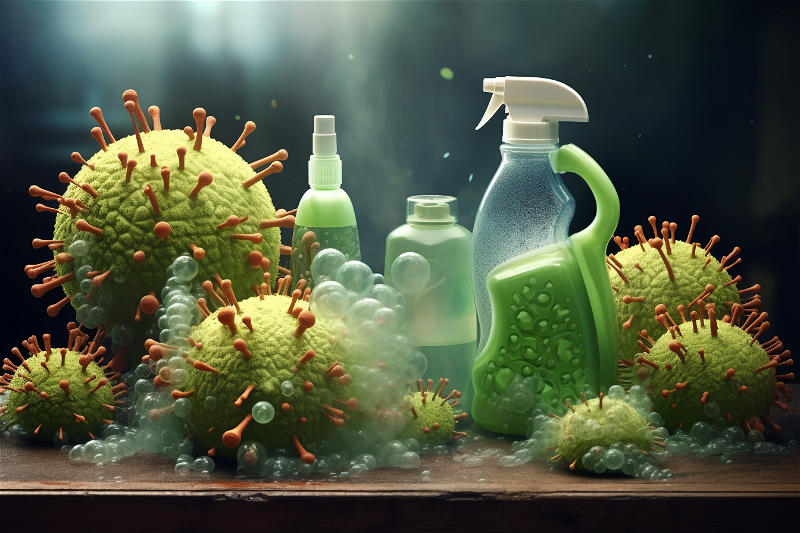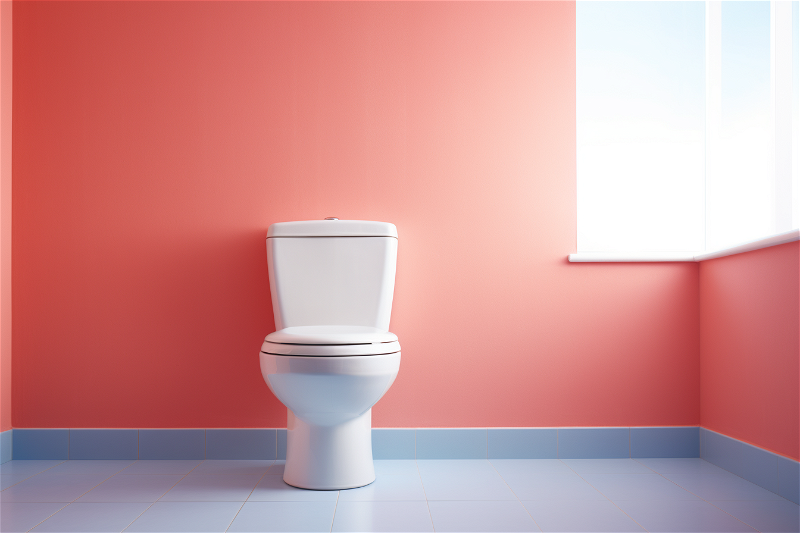Limescale is a hard, mineral deposit that builds up over time on the surfaces of pipes, shower heads, taps, and other fixtures in the home. While limescale is not dangerous to your health, it can be unsightly and can cause significant damage to your home’s plumbing and fixtures if left unchecked. In this article, we will explore the causes of limescale, the dangers it poses, and the best methods for removing limescale in the home.
Understanding the Causes of Limescale
Limescale is caused by the buildup of minerals, such as calcium and magnesium, that are found in hard water. Hard water is water that has a high mineral content, and it is a common problem in many areas of the world. When hard water is heated, the minerals in the water form a hard deposit on the surfaces of pipes, fixtures, and appliances, leading to the formation of limescale.
The Dangers of Limescale
Limescale can cause significant damage to your home’s plumbing and fixtures if left unchecked. The buildup of limescale can cause pipes to become clogged, reducing the flow of water and causing your fixtures to become less effective. In severe cases, limescale buildup can even cause pipes to burst, leading to costly repairs and water damage.
Limescale can also cause damage to your home’s appliances, such as your washing machine and dishwasher. The buildup of limescale can reduce the efficiency of these appliances, leading to increased energy consumption and higher utility bills.
Removing Limescale with Chemical Cleaners
Chemical cleaners are one of the most effective methods for removing limescale in the home. There are many different types of chemical cleaners available, including descalers and limescale removers. These cleaners work by breaking down the mineral buildup that causes limescale, allowing it to be easily removed.
To use a chemical cleaner, simply follow the instructions on the product label. In most cases, you will need to apply the cleaner to the affected surface and let it sit for several minutes before rinsing it off. Some products may require the use of a scrub brush to help remove the limescale.

Removing Limescale with Natural Products
If you prefer not to use chemical cleaners, there are also several natural products that can be used to remove limescale in the home. Some popular natural products include vinegar, lemon juice, and baking soda.
To use vinegar, simply fill a spray bottle with white vinegar and spray the affected surface. Let the vinegar sit for several minutes before wiping it off with a clean cloth. Repeat this process as needed until the limescale has been removed.
Lemon juice can also be used to remove limescale. Simply cut a lemon in half and squeeze the juice onto the affected surface. Let the lemon juice sit for several minutes before wiping it off with a clean cloth. Repeat this process as needed until the limescale has been removed.
Baking soda is another natural product that can be used to remove limescale. To use baking soda, mix a solution of one part baking soda and one part water. Apply the solution to the affected surface and let it sit for several minutes before wiping it off with a clean cloth. Repeat this process as needed until the limescale has been removed.
Preventing Limescale Build-up
Limescale build-up can be a persistent problem in many homes, but the good news is that it is possible to prevent it. Here are a few tips for preventing limescale build-up in your home:
- Use a water softener: Installing a water softener in your home can help reduce the amount of minerals in your water, which in turn can help prevent limescale build-up.
- Use distilled water: If you don’t want to install a water softener, using distilled water in appliances like your coffee maker and steam iron can help reduce limescale build-up.
- Wipe down surfaces: Regularly wiping down surfaces like your faucets, showerheads, and sink can help prevent limescale buildup by removing mineral deposits before they have a chance to harden.
- Run hot water: Running hot water for a few seconds before using appliances like your dishwasher or washing machine can help prevent limescale buildup by removing any minerals that may be present in the water.

Removing Limescale Build-up
If you already have limescale build-up in your home, don’t worry, it is possible to remove it. Here are a few tips for removing limescale build-up:
- Use a limescale remover: There are many commercial limescale removers available that are specifically designed to remove limescale buildup. Simply follow the instructions on the product label to remove the buildup.
- Use vinegar: White vinegar is a natural limescale remover and can be used to remove limescale buildup in your home. Simply fill a spray bottle with vinegar and spray the affected area. Let it sit for a few hours and then wipe it away with a cloth.
- Use lemon juice: Like vinegar, lemon juice is also a natural limescale remover and can be used to remove limescale buildup in your home. Simply squeeze lemon juice on the affected area and let it sit for a few hours before wiping it away with a cloth.
- Use baking soda: Baking soda is a natural cleaner that can be used to remove limescale build-up in your home. Simply make a paste of baking soda and water and apply it to the affected area. Let it sit for a few hours and then wipe it away with a cloth.
Conclusion
In conclusion, preventing limescale build-up and removing it when it does occur is important for keeping your home looking and functioning its best. By following these simple tips, you can keep limescale build-up at bay and maintain a clean and healthy home.






